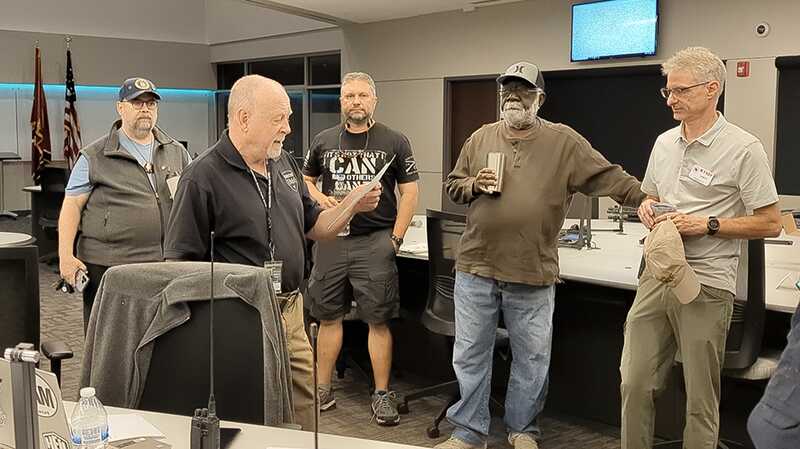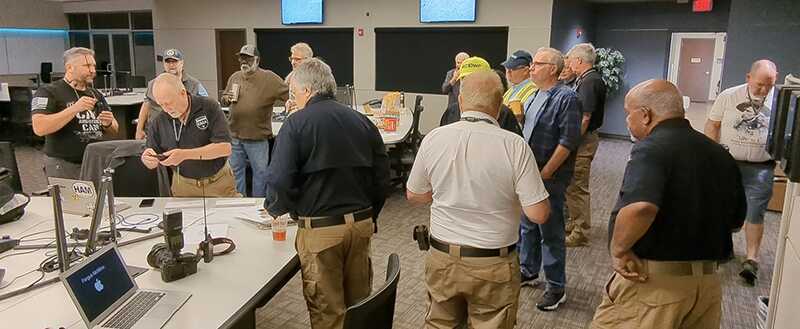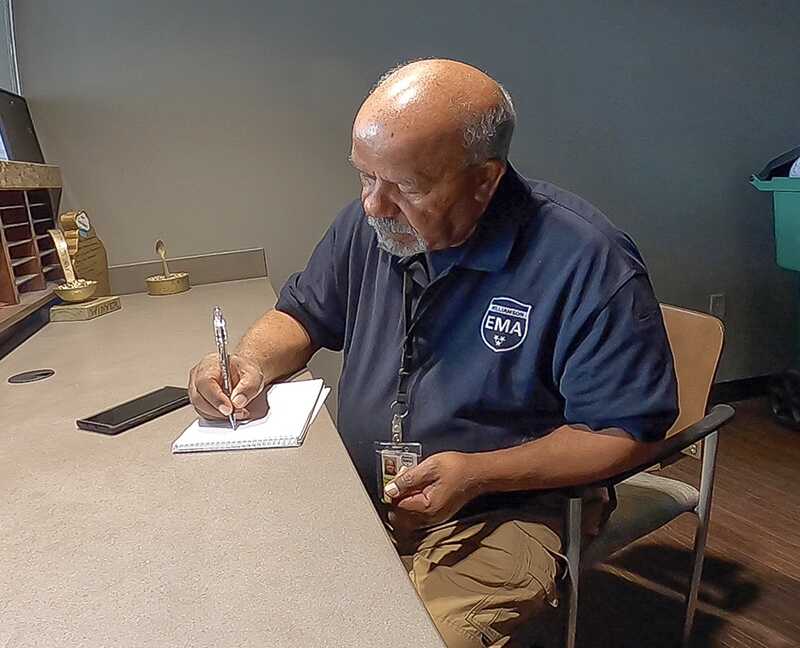Siren test monitoring resuming
From our EC Jeff, KC1DWP:
The Williamson County Emergency Management Agency is ready for us to resume monitoring of the monthly siren test and they are greatly appreciative of the support we provide. The sign up system is active and an improved process is in place to inform us in the event of a siren test cancellation.
This is the link to the current sign up system:
https://www.signupgenius.com/go/10C0E4FADAC29A5FFCE9-owsmonthly
In the event the scheduled siren test is canceled, I will be notified by the On Call On Duty no later than 12:00 noon (i.e. one hour prior to the scheduled test). An announcement will be made on the WCARES repeater system indicating either the siren test has been canceled or the siren test has not been canceled.
Please make every effort to sign up for a siren. It’s an important part of making sure the siren warning system is operational and able to warn members of our community in the event of a dangerous weather event. You may also find that it is a good time to take your significant other out for lunch or a picnic.
Jeff Schwartz
Reserve Team Leader
Williamson County Emergency Management Agency
ARRL Emergency Coordinator Williamson County TNARES

























